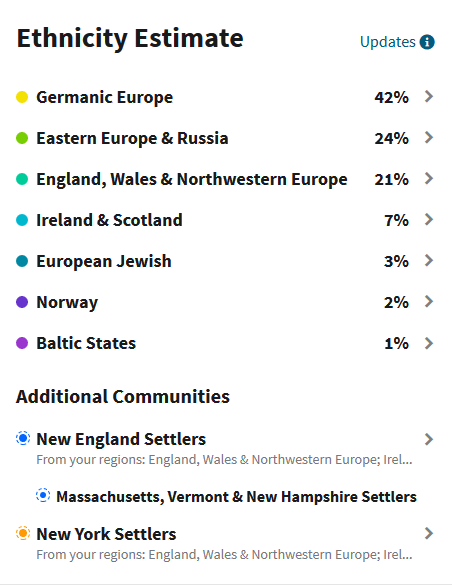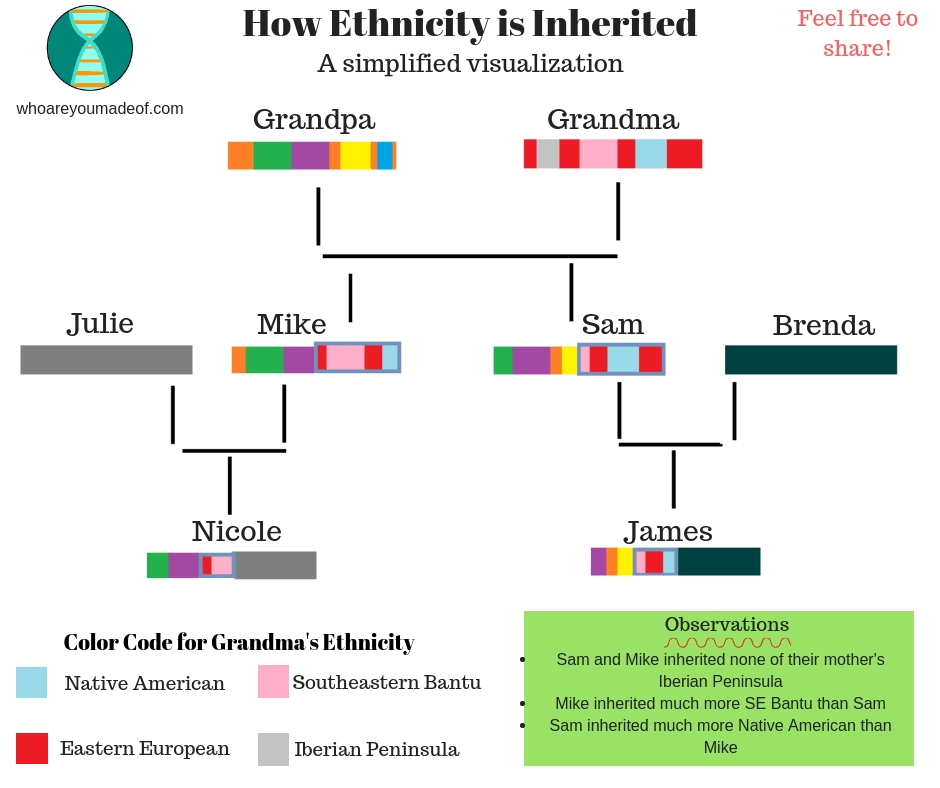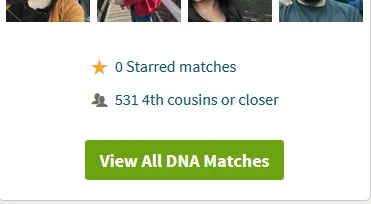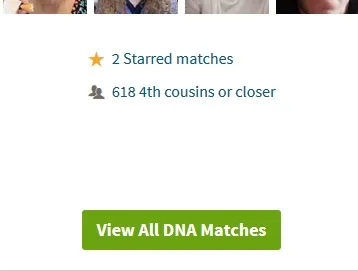Did you know that if two sisters bought DNA tests, their results would be different? In this post, learn why siblings can have different DNA results, and even different DNA matches.
I’ll use my own Ancestry DNA results and those of my full sister to illustrate how and why siblings, even full sisters, will have different ancestry regions and overlapping, but decidedly different, DNA match lists.

Siblings can have different ethnicity estimate results
Genealogical DNA tests are comprised of at least two main sections, including an ethnicity estimate, also known as an ancestry composition report, and a list of genetic relatives. Each element has the potential to help us learn about our ancestors.
Many people initially become interested in DNA testing in order to obtain an ethnicity estimate, which is a snapshot into where their ancestors may have lived over the past several hundred years. DNA testing companies have high-tech algorithms that they use to analyze our DNA to see which regions we most closely match.
Below is my ethnicity estimate, which I obtained from Ancestry DNA. Immediately below my ethnicity estimate, you can see that of my full sister:


As you can see, our ethnicity estimates are similar, but there are some differences that could lead us to ask questions.
For example:
- Why do I have 10% Norway in my DNA, while my sister only has 2%?
- Why does my sister have 21% of her DNA matching England and Northwestern Europe, while I only have 13%?
Some siblings have even bigger differences in their results. Sometimes, this leads to questions about whether they have stumbled upon a family secret.
So, what gives? How can full sisters have different DNA results?
The results we see on our ancestry or ethnicity estimate are based on the DNA that we inherited from our parents. We only inherit 50% of each of our parent’s DNA, our parents only inherited 50% of their parents’ DNA.
Every generation, the same inheritance pattern occurs randomly. This is how my sister and I, both descended from the same parents, inherited a slightly different combination of their DNA.
Full siblings tend to share between 33-50% of their DNA with each other, which means that our DNA results should be very similar. They are indeed similar, but there are differences that could give pause to someone who doesn’t understand how DNA is inherited.
The image below provides a simplified visualization of the way that DNA is passed down.

If you look at the ancestry regions in both “Grandpa” and “Grandma” in the image above, and understand that each color is meant to represent one distinct region, you will notice that each child of the couple (Mike and Sam):
- inherited slightly more or less than the other sibling of regions they share in common
- didn’t inherit entire regions, especially the smaller ones, from their parents
This process explains the differences that my sister and I see on our ethnicity estimates.
Sisters can have different DNA matches
Two full sisters (and brothers!) will also have different DNA matches. Their closest matches will be just about the same, but as they move further down the list to more distant relatives, they will notice that their DNA matches don’t always overlap.
Evidence of this can be seen in any two DNA match lists belonging to two full siblings.
Just a quick glance at my DNA match list overview tells me that I have 618 DNA matches that match me at a estimated relationship of 4th cousin level or closer. The image below shows you how many DNA matches my sister has at the same relationship distance:


Why do my sister and I have different numbers of DNA matches? Do all of our known relatives show up on both of our lists?
As I mentioned in the previous section of this post, siblings inherit lots of DNA that is identical from their parents, but a good portion of their DNA will be strikingly different. Remember, full siblings will only share between 33-50% of their DNA with each other.
The non-matching DNA matches between siblings can be explained with the 50-67% of the siblings’ DNA that doesn‘t match. The non-identical DNA contains DNA segments that match distant relatives that won’t show up as matches for the other sibling.
All family-tree-verified DNA matches of both siblings are also related to the other sibling that they don’t match. This is because we don’t share DNA with all of our distant relatives.
Conclusion
I hope that this post helped you understand a little more about the way that DNA is inherited and why two sisters who bought DNA tests won’t have identical DNA results.
If you have any questions about something that you read in this post, or if you would like to share your own experience comparing your results to those of your sibling, I would love to hear from you in the discussion below,
Thanks for stopping by today!


debbie williams
Monday 1st of August 2022
I have 2 daughters with the same father. Both had DNA testing done ( from differant companies) and the results were differant (which I understand) . Now as is natural I am being asked who the oldest daughters father is. Please help me to understand this. I am willing to take a dna test, but am quite concerned about their father talking the test. Not because I have any doubts, but because I am not sure of his reaction, nor his willingness to partake.